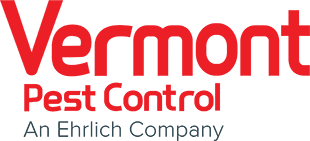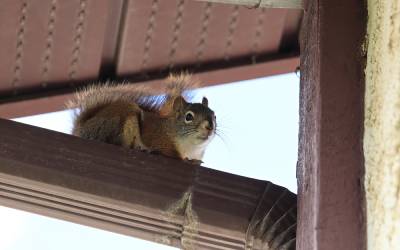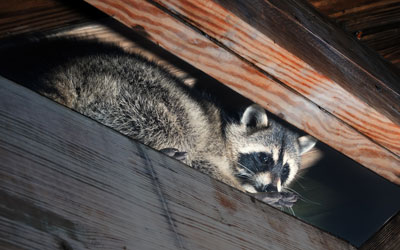Whether you’re gathered in the kitchen with your family or trying to sleep at night, hearing noises and movement coming from your attic is enough to frighten anyone. While feeling a presence in your home may lead some to believe they’re living the plot of a B-list horror movie, the reality is that a nuisance wildlife problem is underway. Wild animals often gain access to our homes through the roof, where they take up residence in the attic. It goes without saying that no one wants any animals making themselves at home in their attic.
The experts at Vermont Pest Control understand how stressful wildlife problems can be, especially if they make their way into your home. Provided by our experts, we have all the information you need about potential infestations in your attic.
Common Wildlife in Vermont Homes
We’re no strangers to wild animals roaming around our neighborhoods here in Vermont. But how do they get inside? Any animal that can access your roof can likely squeeze their way into your attic if given the chance. The five pests that are the most likely culprits for invading your attic include the following:
- Bats: Possibly the most dangerous attic dweller is the bat. Bat waste is toxic and can cause health risks.
- Birds: Hearing chirping noises or fluttering indicates you could have a nest of birds in your attic. They have a harder time leaving once they’re inside.
- Rats & mice: These rodents can make some of the loudest noises with their scratching, chewing, squeaking, and running. The roof rat is the most common rodent in attics.
- Squirrels: All types of squirrels can squeeze in through tiny openings and are feared for their ability to chew through wires.
- Raccoons: Female raccoons are known to nest in attics, and can come and go during the day and night. Chattering noises may indicate a nest of baby raccoons.
What to Do When You Have an Animal in the Attic
Don’t try to find a wild animal that you think is living in your attic on your own. When you try to get rid of the animal, bat, or bird on your own, you are not only putting yourself and your family at risk, but also the animal. It is possible for wild animals to carry rabies and bite if they feel threatened. For this reason alone, a professional should always be consulted. When you hire a humane wildlife removal company like Vermont Pest Control, you can rest assured that the safest traps will be used to capture and relocate any wild animal.
Humane Nuisance Wildlife Removal
At Vermont pest Control, we know how stressful it can be to discover wildlife in your attic. Wildlife can also pose a threat to your family. In addition to inspecting your home thoroughly, our animal removal experts can prevent wild animals from entering your attic in the future by putting preventative measures into place. For more information, contact us today!


